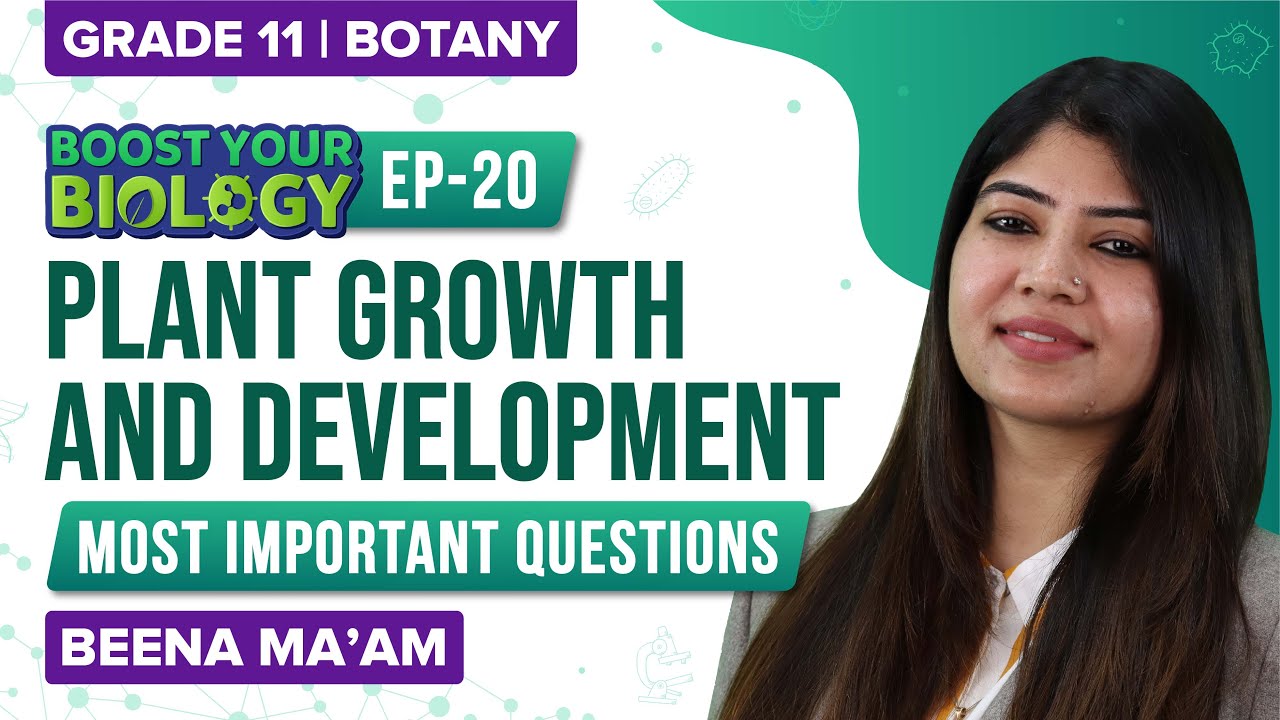Table of Content
Download Complete Chapter Notes of Plant Growth and Development
Download Now
What is Auxin? – Auxin Definition
Auxins are a group of naturally occurring and artificially synthesised plant hormones. They play an important role in the regulation of plant growth. Auxins were initially isolated from human urine.
Auxin means to “enlarge” or “increase”. They induce cell division, differentiation and elongation.
Charles Darwin detected phototropism movement (bending of plants towards light) in the coleoptile of canary grass. He observed that there was some influencer at the tip of the coleoptile, which was responsible for the bending towards the light.
Later, Frits Went isolated and named the substance as “Auxin”, which was responsible for phototropic movement in oat coleoptile.
Kenneth Thimann purified and elucidated the structure of primary auxins, e.g. IAA (Indoleacetic acid).
Naturally Occurring Auxins: Indole-3-acetic acid (IAA), Indole butyric acid (IBA)
Artificially synthesized Auxins: 2,4-dichloro phenoxy acetic acid (2,4-D), Naphthalene acetic acid (NAA)

| Also see: MCQs on Auxin |
Mechanism of Action of Auxin
- Auxin is mostly produced in the apical meristem of shoots, young leaves and seeds
- Movement of auxin is unidirectional or polar, it moves downwards from its site of production
- Polar transport results in an auxin concentration gradient, which stimulates specific responses
- Auxin specific transport proteins in the plasma membrane control the movement of auxin out of the cell
- Plant hormones act by signal transduction, eliciting more than one cellular responses
- Auxin binds to enzyme-linked receptors, which promotes catalysis of a reaction
- When auxin binds to a receptor, it initiates binding of a repressor protein for certain genes (auxin response gene) to ubiquitin, resulting in degradation of repressor protein and the transcription of auxin response genes progresses leading to cellular growth and development

| Also read: |
Auxin Function
- Cell Elongation: Auxin promotes elongation in shoots and coleoptiles. Plasticity of the cell wall is increased by acidification
- Cell Division and Differentiation: Auxin promotes healing. It helps in cell differentiation and regeneration of vascular tissues (phloem, xylem)
- Callus Formation and Morphogenesis: Auxin along with cytokinin induces callus formation in explant and stimulates morphogenesis
- Secondary Growth: Auxin promotes secondary growth and induces cell division in the vascular cambium
- Root Initiation on Cuttings: For asexual propagation, NAA is used to initiate root formation in the stem cuttings
- Apical Dominance: When the growth of apical meristem inhibits the growth of axillary buds, the phenomenon is known as apical dominance. When the shoot tip is removed, it induces the growth of lateral buds. This is used to promote branching, e.g. in hedge-making and tea plantations
- Parthenocarpy: When auxin is applied to some flowers, it induces parthenocarpy, i.e. ovary enlarges and develops into seedless fruit (unfertilized). Seedless tomatoes are widely produced by this method
- Fruit development: Auxin is produced by seeds and it stimulates fruit development with gibberellins and delays senescence
- Flowering: It delays the senescence of flowers. A high concentration of auxin promotes femaleness in some of the plants. It promotes flowering in litchi and pineapples
- Herbicides: Synthetic auxins, e.g. 2,4-D and 2,4,5-T are widely used to kill weeds. It does not affect grasses (monocotyledons)
- Promotes Tropism: Auxin induces phototropism, gravitropism and thigmotropism, i.e. movement in response to light, gravity and touch, respectively.
Phototropic movement (bending towards light) can be explained by cell elongation due to auxins. Auxin concentration increases towards the shaded side due to auxin migration. It results in more cell elongation at the shaded side than the side exposed to light.
Recommended Video:

Also check:
- Important Notes Of Biology For NEET Plant Taxonomy
- MCQs on Plant Hormones
- MCQs On ABA and Other Growth Regulators
- NEET Questions on Plant Growth and Development
- What is Plant Hormones?
Frequently Asked Questions
How does auxin affect root growth?
Auxin is known to arrest the growth of primary roots and facilitate the elongation and formation of lateral roots.
What happens if there is too much auxin in plants?
Too much auxin in plants can lead to production of ethylene, which eventually inhibits the growth of the plant.
What are the 5 plant hormones?
The classical-five plant hormones are auxin, cytokinin, gibberellin, ethylene and abscisic acid.

Comments